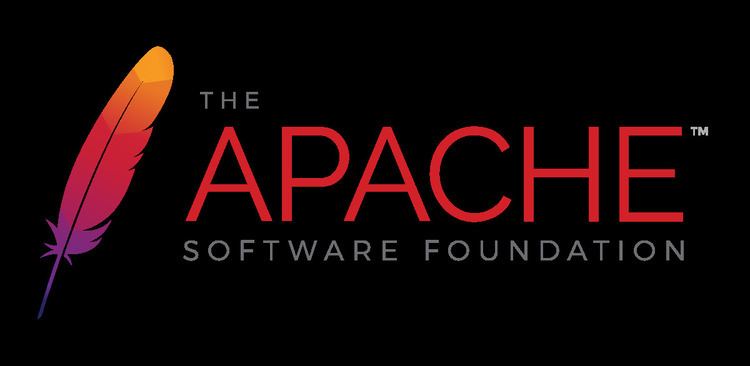Operating system | ||
 | ||
Developer(s) Apache Software Foundation Stable release 2.3.0 / March 27, 2011 (2011-03-27) Type Web application framework | ||
Apache Click is a page and component oriented web application framework for the Java language and is built on top of the Java Servlet API.
Contents
It is a free and open-source project distributed under the Apache license and runs on any JDK installation (1.5 or later).
Click graduated into an Apache top-level project in November 2009. The project was retired in May 2014.
Overview
The main design goals are simplicity, ease of use, performance and scalability. To achieve these goals Click leverages an intuitive page and component oriented design.
Pages and components provide good encapsulation of web concepts and enables rapid application development.
Click takes a pragmatic approach and expose few abstractions to learn and understand. The Java Servlet API is fully exposed to the developer which eases the upgrade path from an action based framework to a component based one.
Pages and components are developed in Java while templates can be written in Velocity, FreeMarker or JSP. Components know how to draw themselves alleviating developers from maintaining redundant markup.
A major difference between Click and other component oriented web frameworks is that Click is stateless by design, although stateful pages are supported.
Competing frameworks
There are a number of other component oriented frameworks available for Java such as JSF, Tapestry, WebObjects, Apache Wicket and Vaadin.
Some developers prefer the more traditional action-based web frameworks including Apache Struts, Spring MVC, and Stripes.
Example
A Hello World Click application, with four files:
click.xml configuration file. This file specifies the application pages, headers, the format object and the applications mode.Click is smart enough to figure out that the HelloWorld page class maps to the template hello-world.htm. We only have to inform Click of the package of the HelloWorld class, in this case org.wikipedia.click. We do that through the click.xml configuration file which allows Click to map hello-world.htm requests to the org.wikipedia.click.HelloWorld page class.By default the ClickServlet will attempt to load the application configuration file using the path: /WEB-INF/click.xml